23 UMMA Objects
23 UMMA Objects
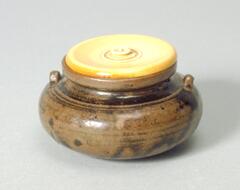
Japanese (Japanese (culture or style))
Hôki (Treasure Tortoise): Seto ware tea caddy, Taikai type, with ivory lid
17th century
Bequest of Margaret Watson Parker
1955/1.151A&B
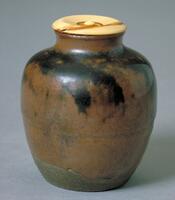
Seto Shinbei
Seto ware tea caddy "Hitorine," named by Kobori Enshû (1579–1647)
1600 – 1647
Bequest of Margaret Watson Parker
1954/1.532A&B
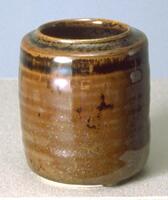
Seifū Yohei III
Cylindrical tea caddy with temmoku glaze
1880 – 1914
Bequest of Margaret Watson Parker
1954/1.501
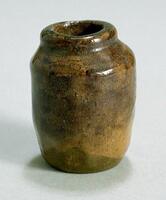
Japanese (Japanese (culture or style))
Tea Caddy
19th century
Transfer from the School of Art and the College of Architecture and Urban Planning.
1997/1.192
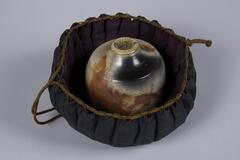
Japanese (Japanese (culture or style))
Tea Caddy with Ivory Lid and Silk Pouch
20th century
Gift of Ellen and Richard Laing
TC2006.25A-C
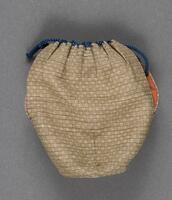
Seto Shinbei
Outer pouch for wood container for Seto ware tea caddy "Hitorine," named by Kobori Enshû (1579–1647)
1600 – 1647
Bequest of Margaret Watson Parker
1954/1.532E
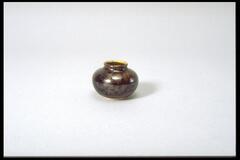
Seifū Yohei III
Bulbous tea caddy with "oil spot" temmoku glaze
1893 – 1914
Bequest of Margaret Watson Parker
1954/1.500
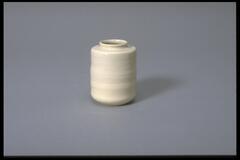
Seifū Yohei III
White cylindrical tea caddy
1880 – 1914
Bequest of Margaret Watson Parker
1954/1.502
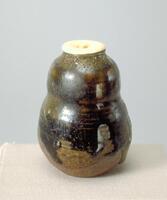
Japanese (Japanese (culture or style))
Kyoto Ware Covered Tea Caddy (cha-ire)
Transfer from the College of Architecture and Design
1972/2.83A&B
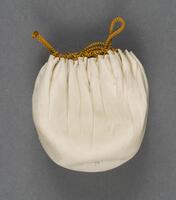
Seto Shinbei
Inner pouch for Seto ware tea caddy "Hitorine," named by Kobori Enshû (1579–1647)
1600 – 1647
Bequest of Margaret Watson Parker
1954/1.532C
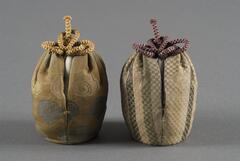
Japanese (Japanese (culture or style))
Two shifuku (silk pouches) for Tea Caddy "Hitorine" (1954/1.532)
1600 – 1647
Bequest of Margaret Watson Parker
1954/1.567A&B
Loading…

